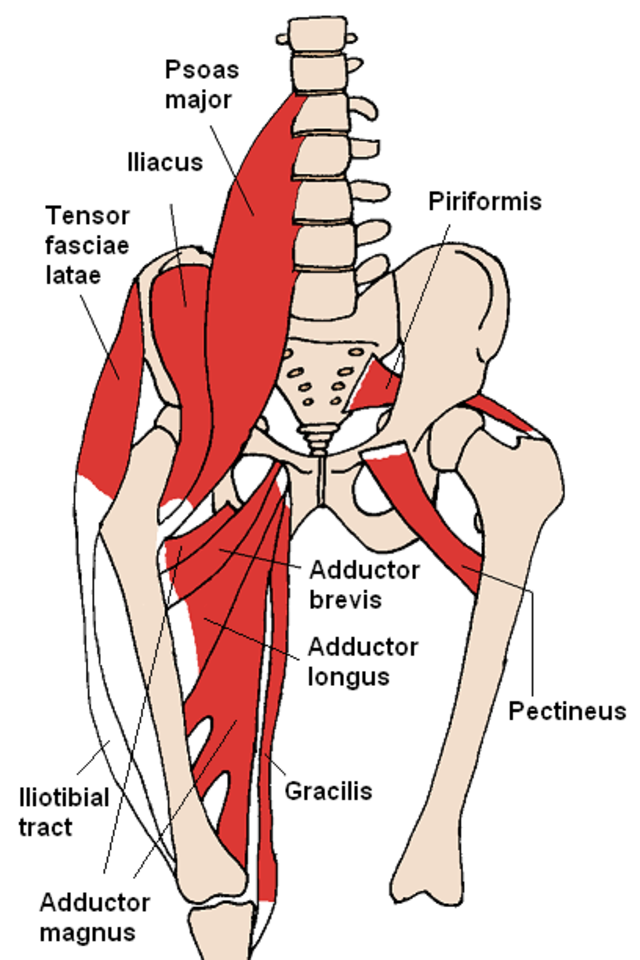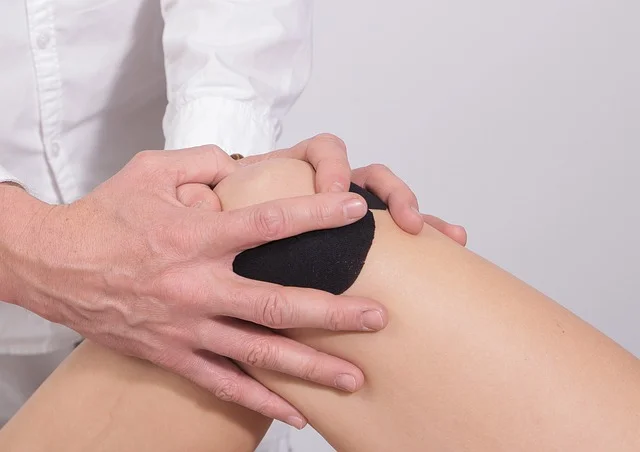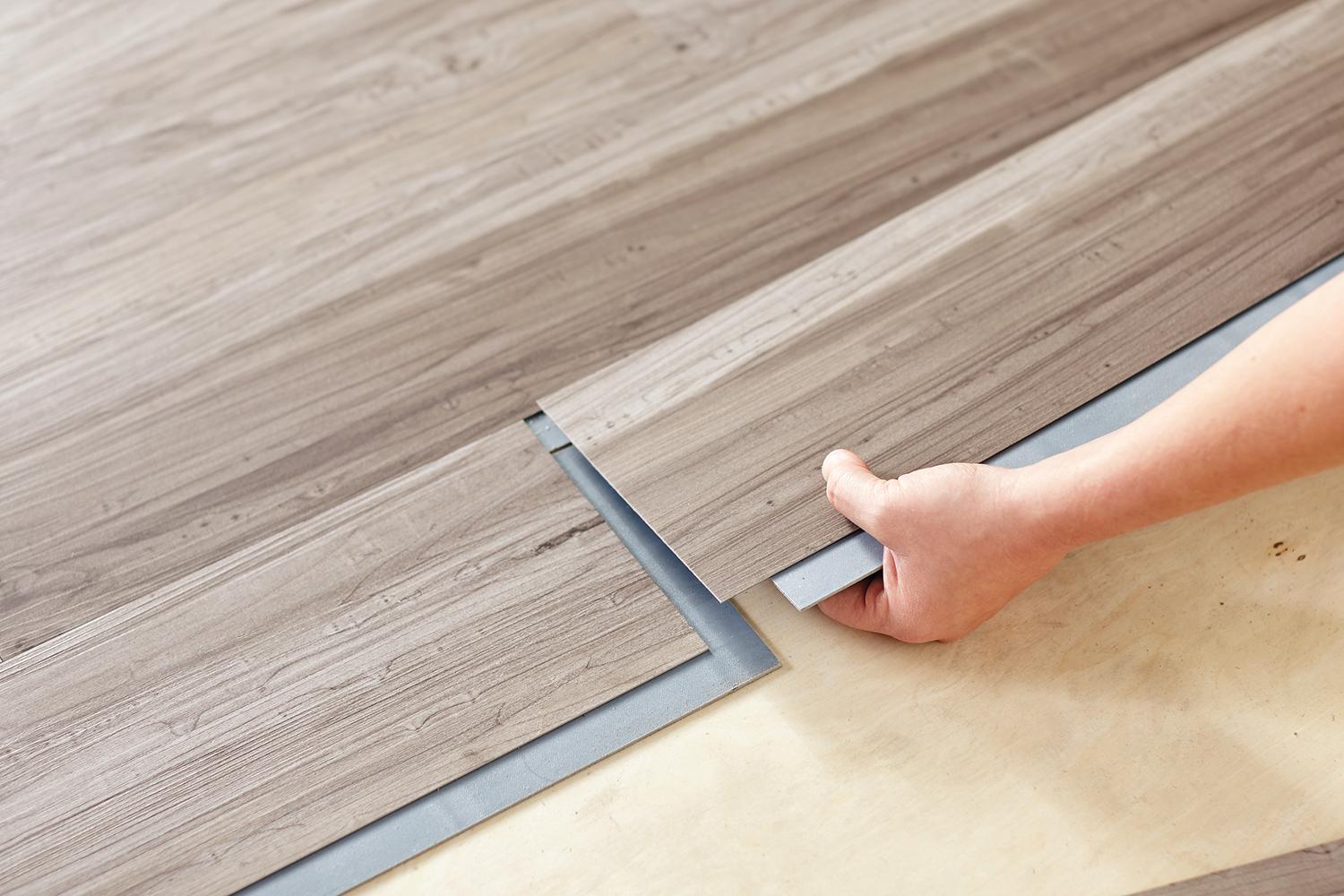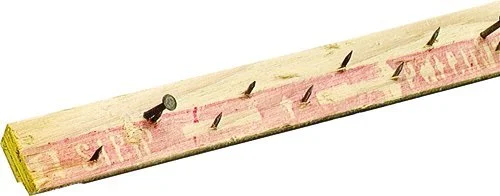Plantar fasciitis diagnosis for dancers
/Dancers are often prone to a wide variety of injuries. The overwhelming majority of injuries are of the foot or ankle, which is completely expected given the many strenuous hours that dancers put on them. Many dance styles require repetitious strain on all the muscles, joints, and ligaments of the lower half of the body. Frequent use of these body parts can lead to different injuries. Understanding the nature of your injury can help you avoid injuring the body further, and can help you focus your rehabilitation on the specific injury for maximizing recovery speed!
Plantar fasciitis diagnosis
Plantar fasciitis is a highly specific disorder of the connective tissue at the bottom of the foot. Plantar fasciitis produces pain in the bottom of the foot, both in the arches and at the heel. The sensation of pain is generally very sharp. if the pain is more severe when the foot and toes are pointed upwards (bringing the top of the foot closer to the shin), this may be plantar fasciitis.
Usually, there is pain at the very beginning of the day when you first get out of bed, or if you had been sitting for a while. The insertion point between the ligament and the bone can be injured with repetitive strain, especially in dance styles like ballet, as standing on releve can cause excess stress on the feet. Many of these dance styles actually cause micro tears that can take a long time to heal, especially since dancers get very little rest time in between rehearsal or performances.
After a dance class, the pain may be more severe. If you already have flat arches, and if you day job requires a lot of standing, you may be at additional risk for plantar fasciitis. You may experience tenderness at the base of the foot when you touch it. Outside of the dance studio, heel pain may be a result of plantar fasciitis.
Physical rehabilitation
In the majority of plantar fasciitis cases, the pain resolves itself automatically with rest. Unfortunately, this becomes difficult when a dancer has several obligations. There are a few options that may decrease the pain from plantar fasciitis and help bring you back to full strength.
Consider wearing a night splint when not dancing. For example, try putting on the splint for short periods of time while you’re at home. It may take a while to get used to wearing the splint, since it may be painful the first few uses. Over time, the body adapts. Eventually, the splint will help stretch out the tendons and ligaments in the foot, which should decrease the pain you experience while dancing.
Ice treatment can ease the pain. Something as simple as a lightly insulated ice pack on the bottom of the foot can for 10 minutes a day can go a long way to relieve the pain!
Stretching the muscles in the leg can also help. In particular, the calf muscles and the muscles in the shin can help alleviate the pain in the sole of the foot.
If the pain persists, NSAID drugs like aspirin or ibuprofen can help decrease the pain. Remember that pain is a warning sign that the body is experiencing something potentially injurious, so pay attention to your body. If you insist on continuing to dance despite the plantar fasciitis pain, continuing to stress the body could lead to more severe injuries down the line.
















